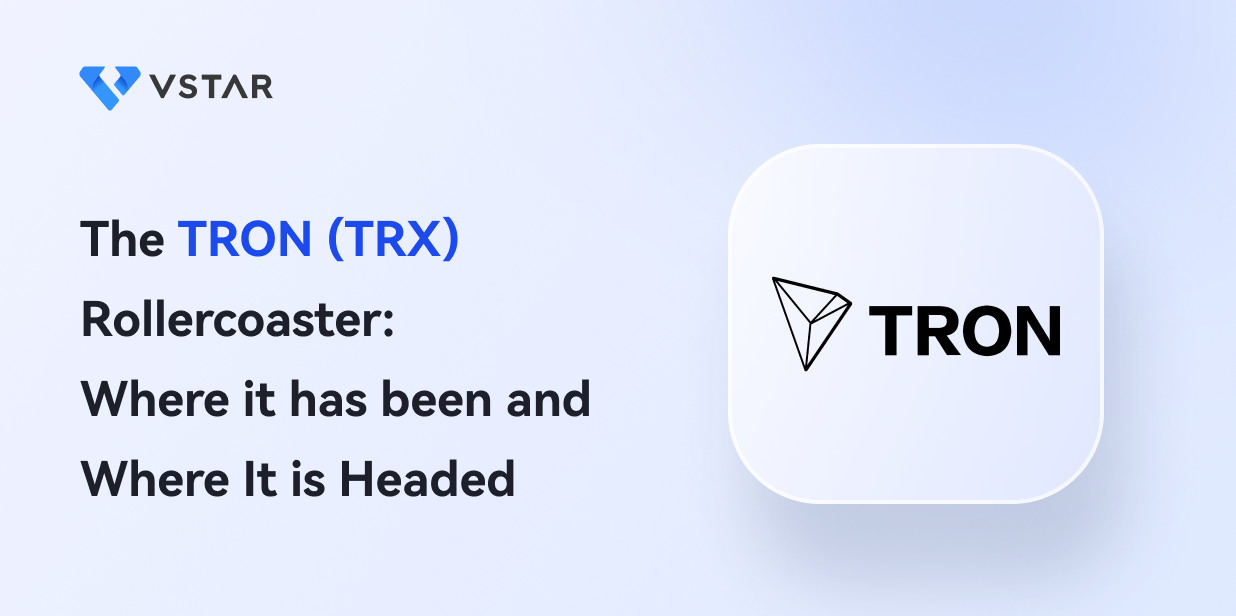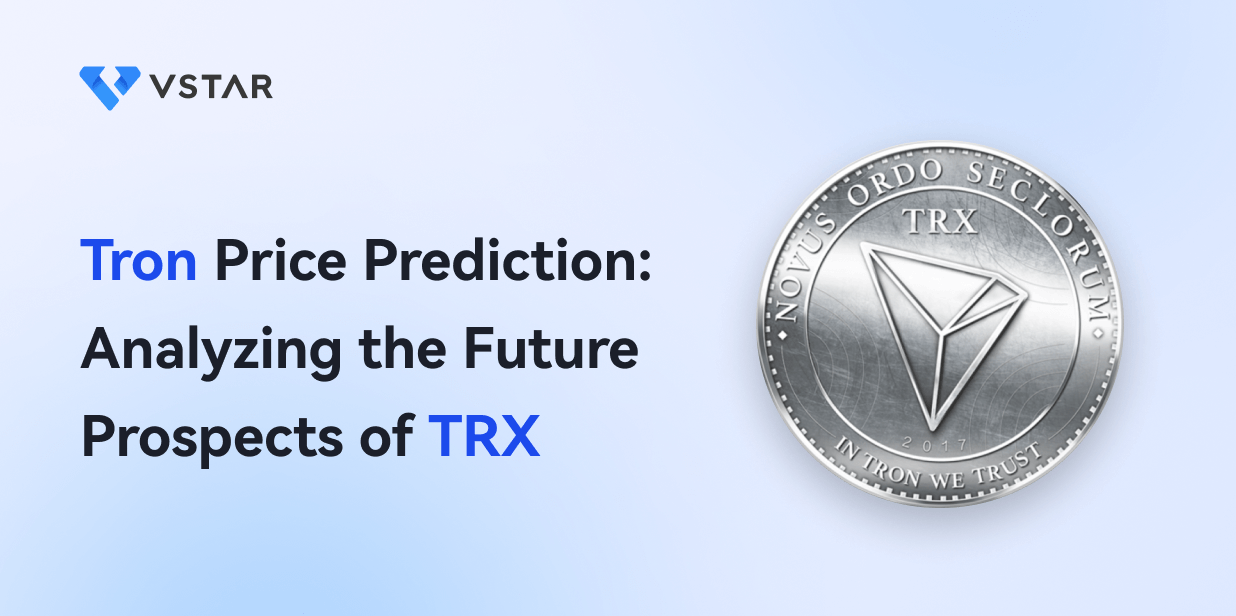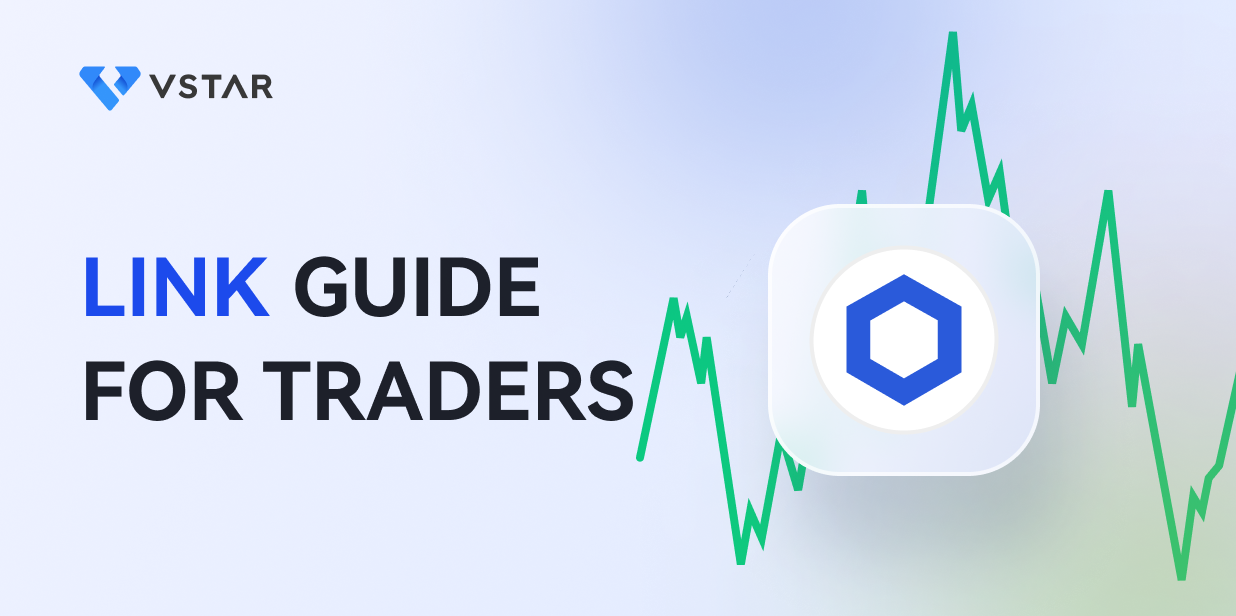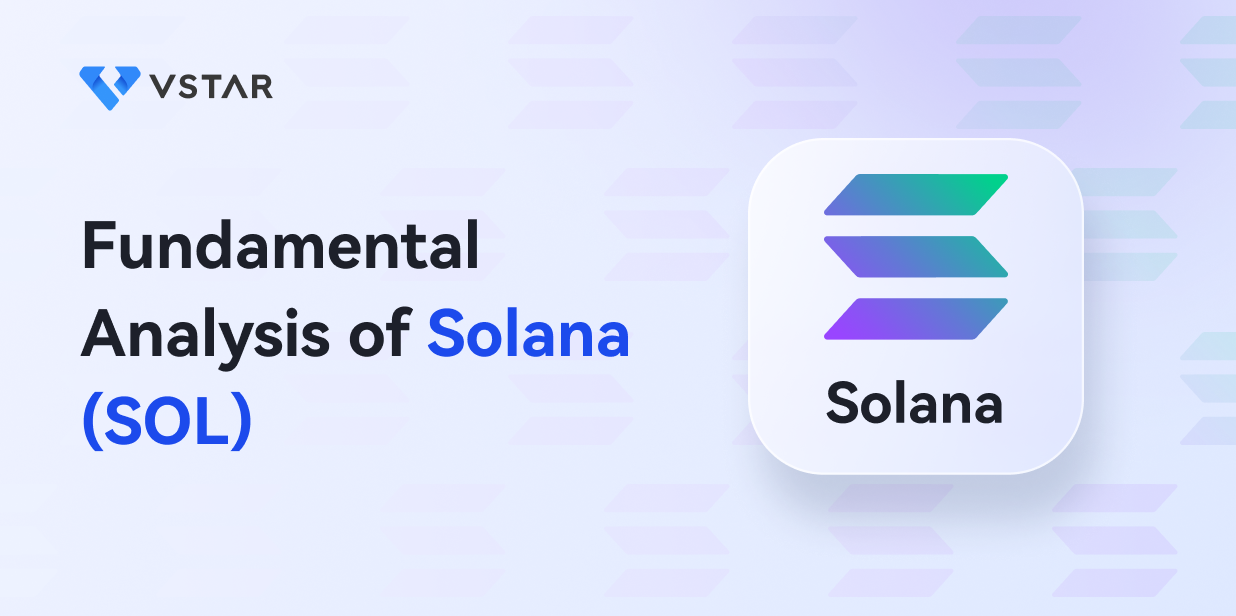Ether (ETH) is Ethereum’s native cryptocurrency, and it’s used for executing transactions and smart contracts. It ranks as one of the best performing cryptocurrencies: it’s the second largest cryptocurrency with a market capitalization of $209.36 billion as of June 2023. It simply implies that it’s one of the most highly valued cryptocurrencies in the market. ETH’s all-time low price was $0.42 in October 2015, while its all-time high was $4,860 in November 2021, and for the past year, its prices have been above $1,000.
ETH has a high daily trading volume, and its price frequently fluctuates; thus, traders can easily identify great trading opportunities. The best part is that you can capitalize on ETH’s falling market, which is called shorting. How can you short with ETH’s CFDs (Contract for Difference)? What are the risks? This article explains the A to Z on how one can profit from ETH’s bearish market.
What is Shorting ETH?
What does short-selling ETH mean? Let’s first define it from a traditional perspective whereby investors in stock trading borrow stocks from a broker, sell them and then wait for the price to dip to repurchase and return them to the broker. It’s the same way with shorting-selling crypto CFDs, but you’ll do it through leverage trading.
In simple terms, shorting is a bearish trade on a CFD instrument. You’ll sell the ETH CFD at its current market price and repurchase it at a lower price at your estimated take-profit level. Your profit as a trader equals the difference between your initial selling price and the new rebuying price. Generally, shorting is based on the principle of “sell high, buy low” and not the typical “buy low, sell high”.

Here is a typical scenario of short selling using ETH/USD as an example:
- You anticipate ETH/USD price will fall from its current price of $1,760 to a lower level.
- Then you open a sell position at the current price ($1,760)
- If your analysis and prediction are correct and the price falls to $1,650, you rebuy the ETH/USD again. You can set a take-profit to close your trade automatically.
- The difference between your opening and closing prices multiplied by your position size is the profit (or loss).
Why Adding CFDs is Important
Shorting is a widely adopted trading method in different markets, from forex and commodities to cryptocurrencies. In the crypto market, trading the actual coin/ token only enables you to buy low and sell high. However, with instruments such as crypto CFDs, you can trade in both directions of the market. Thanks to the volatile nature of the crypto market, that creates consistent trading opportunities 24/7.
Also, you have access to leverage, giving you more buying power when placing trades in the market. Above all, you can easily manage your risk while trading CFDs compared to owning and trading real cryptocurrency.

Understanding Shorting ETH
What are CFDs?
CFD stands for Contract for Difference, a type of financial derivative that enables traders to trade price movements of an underlying asset such as a cryptocurrency. Unlike futures, CFDs don’t have expiration dates for present prices. Suppose you believe the price of a particular CFD will rise; you’ll open and buy position and vice versa. As a trader, you’re only exposed to the underlying asset's price movement.
As outlined above, CFDs allow leveraged trading. Also, you can trade bullish and bearish markets, which makes it suitable for shorting in the crypto market. Compared to other instruments in the market, CFDs are simpler to understand and tend to mimic the underlying asset.
How to Short ETH with CFDs
As cryptocurrencies gain popularity, traders seek more ways to invest in the crypto market. To start with, buying and holding ETH requires substantial capital if you anticipate making significant profits in future. Besides, owning the actual coin exposes you to more risk. As a result, traders look for an alternative that allows them to trade in either market direction with small capital. There can’t be a better option than ETH CFDs. Here is how you can get started with it:
1. Find a reputable broker.
The first step in your CFD trading journey is choosing a reputable CFD broker like VSTAR. You’re probably wondering who is a good broker. There are fundamental things they must have like being licensed/regulated by reputable financial authorities and having a user-friendly platform. Other factors to consider include:
Trading fees- a good broker should offer low or competitive and transparent fees on spreads and overnight charges or brokerage charges.
CFD products available-you need a broker that offers a wide range of CFDs so that you can easily diversify your portfolio. Also, it allows you to trade in different market conditions.
Negative balance protection-trading CFDs is a high-risk investment; therefore, you may need to consider a broker who offers negative balance protection if you experience significant losses and your account fall below zero.
Easy to deposit and withdraw-You need a broker that offers deposit and withdrawal options. Also, the process itself should be easy.

2. Open a trading account.
After you choose a CFD broker, you need to open a standard live trading account with them to enable you short ETH CFDs and other financial instruments in the market. The process is pretty easy ad should only take a few minutes. After filling out the registration form, you must do a proof of identification and make a deposit. It’s that straightforward.
It’s crucial you set up the leverage you want to trade with before placing your first trade.
3. Identify ETH CFDs available.
When your account is all setup, you can identify ETH CFDs available for trading. You should access the charts of different ETH CFDs; it is where you access your technical analysis tools and indicators. Some popular ETH CFDs include ETH/USD, ETH/USDT, ETH/USDC, ETH/BTC, ETH/EUR etc.
4. Place a sell order for ETH CFD.
After doing your fundamental or technical analysis and identifying a selling opportunity on ETH CFD(s), you can open a sell market order (at the current price), a sell limit order (specific price) or a sell stop order (at current price after a specific price is reached). Whatever order you choose depends on your strategy or market condition.
You can also place these orders directly on your broker’s platform (if they offer or on platforms like Meta Trader or TradingView).
5. Monitor the trades and adjust accordingly.
Even though you could set a take-profit and stop-loss order and forget about your position(s), it’s crucial you monitor open positions. Why is it important anyway? First, you can trail your stop loss to lock in some profits if a trade played in your favor. Secondly, closing some trades with partial profits becomes easy before profit targets are met. Thirdly, you can easily cut losses early if the market conditions change suddenly. Lastly, it lets you identify opportunities to capitalize on your winning trades.
Overall, having a trade monitoring mechanism in CFD trading cannot be overlooked.

What are the Risks and Considerations of Shorting ETH?
Shorting ETH CFDs can be profitable, especially with a good trading and risk management strategy. However, it comes with a number of risks, as outlined below:
1. Volatility risk
ETH prices can be volatile, which opens opportunities to make great profits. Similarly, the same volatility cause the price to rise, leaving you with big losses, especially if you don’t apply risk management.
To minimize the impact of volatility when trading, ensure you have a reasonable risk management plan that you follow.
2. Leveraged trading risks
Leverage is a double-edged sword: it can amplify your profits and losses. Suppose your analysis was wrong, and you didn’t apply risk management, you can easily get margin calls, and in some situations, your positions are quickly liquidated.
To minimize leveraged risks, consider using leverage conservatively or choose leverage you’re comfortable with.
3. Counterparty risks
Another risk of trading CFDs is that the counterparty (CFD provider) may fail to fulfil its obligation to you. Such situations will likely happen if the counterparty you conduct business with or their other counterparties have financial difficulties.
How do you mitigate counterparty risks? To start with, ensure your chosen broker is regulated and credible. You should also read the user agreement while opening an account.
4. Market liquidity concern
Trading ETH CFDs when there is less trading activity in the market puts you at risk of making your existing contracts illiquid. As a result, your broker could end up closing your contracts at pretty low prices. Also, low liquidity means you cannot quickly exit a position to minimize loss.
5. Importance stop-loss order
Due to the volatile nature of ETH CFDs and leverage risk, it’s always good to use stop-loss orders. It’s the best approach for limiting potential losses if your analysis is wrong and the market continues moving towards the unpredicted direction. Most importantly, trailing stop-loss orders is essential to protect your profits.

Bottom line
Shorting ETH is not complex, and it’s a great investment opportunity. All you need is a CFD trading account with a good broker like VSTAR. Why short ETH on VSTAR? You get access to leverage (100:1), zero commissions in trading, thousands of crypto CFDs, negative balance protection and a user-friendly platform. Above all, VSTAR is regulated. Click here to test your ETH CFD trading strategy on a free demo account.
With CFD trading, you can capitalize on either direction of the market. Also, access to leverage can significantly boost your profits when your analysis is correct.
However, you must also understand that there is risk involved in CFD trading. For this reason, having a risk management strategy is extremely important for long-term success.




